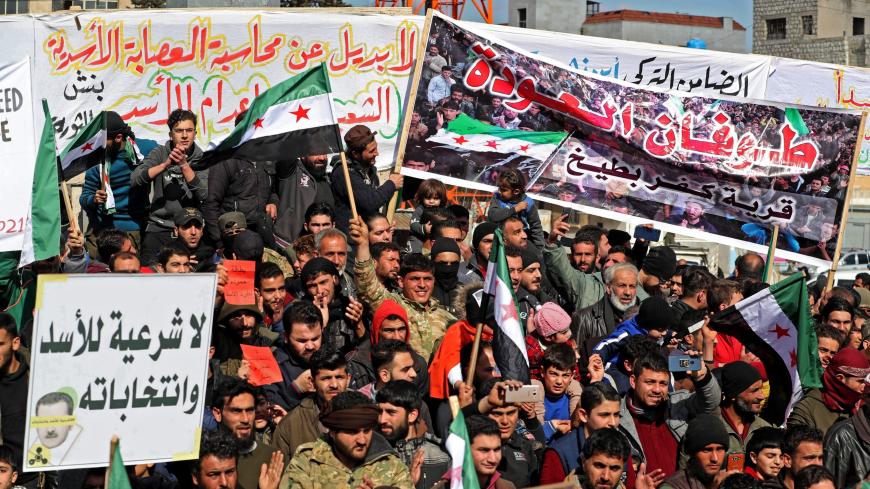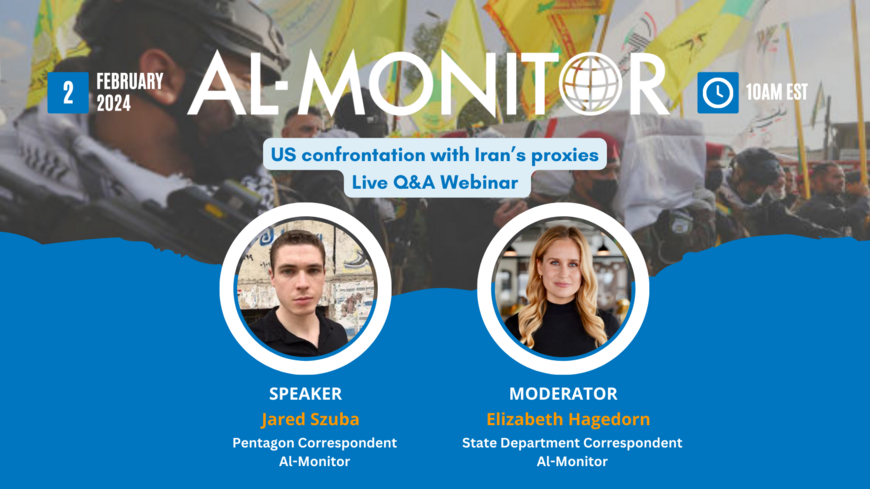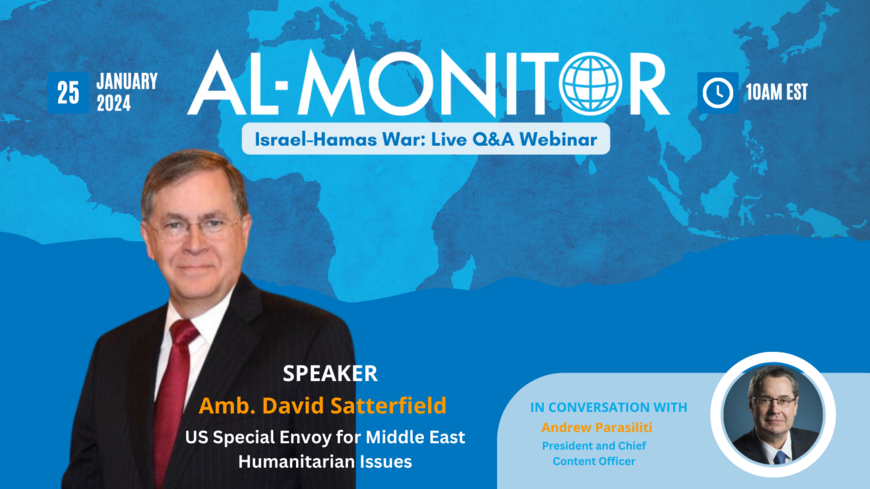The latest report from the Pentagon’s Inspector General on Operation Inherent Resolve, the US-led diplomatic and military operation against the Islamic State (IS) in Iraq and Syria, warns that Syrian and Iranian proxy forces, not IS, represent the "most significant security threats" to US interests.
The Pentagon is not writing off the threat from IS, but the threat has evolved and changed over the past six years. The US mission "has entered its fourth and final phase," the report says, with IS "territorially" beaten in both countries and the coalition focused on helping the Iraqi security forces and the Syrian Democratic Forces (SDF) build their capacity "to ensure the enduring defeat of" IS.



